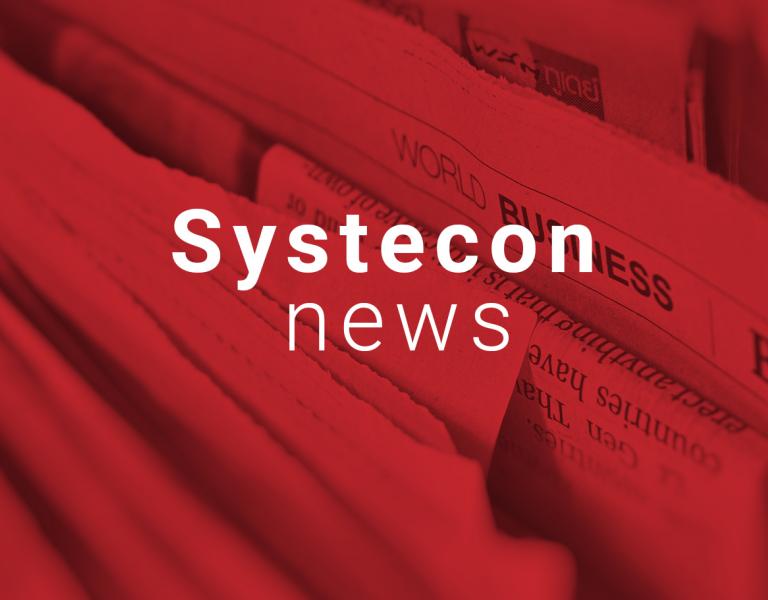
Life Cycle Cost for sustainable and socio-economic analysis
Robert Hell, President of Systecon, talks about Life Cycle Cost (LCC) for sustainable and socio-economic analysis.

There are various reasons to make investments, and each investment decision should be based on different types of decision support. I believe it’s important to use some form of a life cycle cost (LCC) approach, regardless of the decision-making situation.
In many cases, investment decisions are strictly technical in nature. The investment must be made to meet new or changing requirements demanded by the business or production, or to replace an existing system that has a limited service life. In these cases, it is usually a question about choosing the most cost-effective system or solution to meet the demands. It’s in these situations that the LCC methodology has the widest reach focusing primarily on the direct cost differentials that the investment incurs, both initially and throughout the life cycle.
In another situation, the question might be whether an investment in a brand new solution can achieve other "higher" purposes or not. You would then want to understand what the economic impact of achieving these aims are, if these effects can justify making the investment in question, and what solution is economically best from this perspective. One such example is the study of unmanned operation and platform barriers in the Stockholm Metro, which was disclosed by Stockholm Public Transport earlier this spring and which brought some media interest. Systecon supported this study in making extended LCC analyses that took into account the socio-economic cost of deaths and serious injuries in the underground, as well as outages and whether these costs can be reduced by the intended investment. Could such an investment have a positive socio-economic overall effect if one considers all this perspective over a longer period of time? And which solution is the most cost-effective?
Another situation might be the question about reducing environmental impact, and what socio-economic value such an investment would have. Common to both of these situations is that it’s possible to include these aspects in our cost models. The challenge may be to decide what the socio-economic cost of a death is or what it is worth to reduce CO2 emissions by a certain amount. In both of these areas, however, there is a lot of research to lean on, making it possible to obtain very exciting LCC results.
Systecon has had the privilege of working in both of these areas. Our cost analysis tool, CATLOC, has the significant benefit of being so flexible that it is able to handle all possible variants of cost-benefit calculations. Second, with CATLOC, it is possible to define different cost models using the same input data. This means you can have a more comprehensive overall cost model that weighs different forms of socio-economic factors while, at the same time, have a more traditional LCC model with the "hard" costs associated with the acquisition, operation and maintenance. It works the same way in a procurement project: you can have a customized tender evaluation model to support the procurement decision, while using a more extensive total cost of ownership model for budgeting. It would be interesting to take on the big ”Sverigeförhandlingen,” the initiative to build high-speed trains in Sweden, with this perspective. I am convinced that there is much to be gained by starting to review the LCC consequences at as early a stage as possible.
Another reflection I’ve had is that the debate about public operations, such as those dealing with defense or railroads, is usually all about the lack of money for the assigned operation to be fulfilled. It is often said that the level of ambition is not in sync with the budget. The effects are operations downsizing and that investments in development and maintenance are not done. Passengers are affected and the armed forces is accused of being unable to carry out its task. All too rarely do we see a factual debate about how to get the best economy possible with the investments made or how to ensure that activities carried out have the right resources and are effective. Often there is great potential in achieving efficiencies in operations and maintenance but it will take perseverance and doing what we can to influence the parameters that affects these costs at as early a stage as possible. All too rarely do we see that organizations base their decisions on a Life Cycle Management idea. My colleague Pär Sandin said at a presentation he gave recently "to not think in LCC terms is not only stupid but also simply incorrect."A statement I fully endorse.
In our latest newsletter, you can read more about the study on platform barriers in the Stockholm Metro and on our investment in the rail sector, particularly in Germany. We have recently signed a cooperation agreement with the German consulting firm Dr. Graband & Partner GmbH. Also in the defense industry, we have a new representative in Germany, AltenBachConsult GmbH. Additionally, as usual, you can find some new tips and tricks about modeling in Opus Suite.
I wish you all a long and leisurely summer and we will get back to you with more knowledge and news in early fall.
Robert Hell
President, Systecon